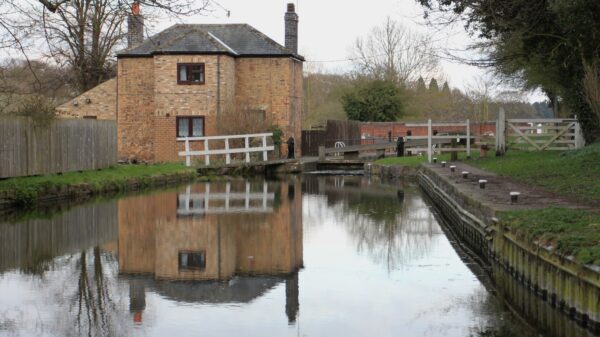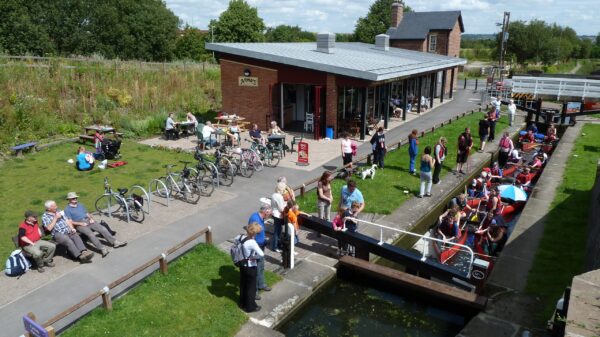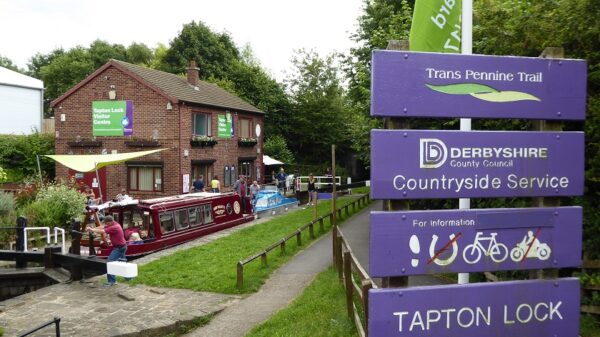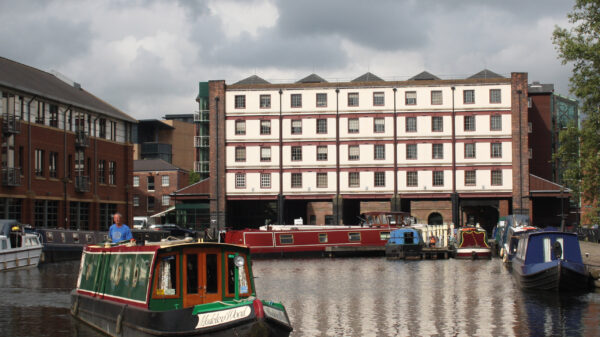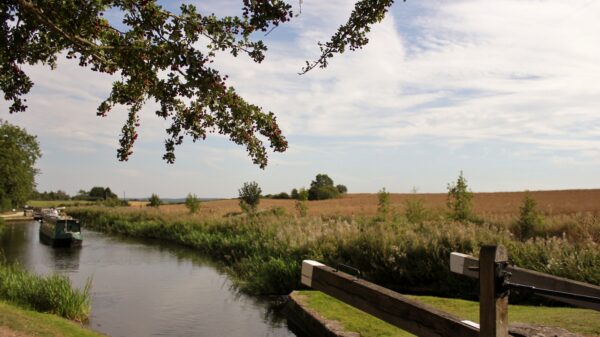About the Chesterfield Canal in Derbyshire
The western end of the Chesterfield Canal is currently isolated from the main part of the canal which connects onto the River Trent at West Stockwith. The Chesterfield Canal opened in 1777 and is a typical Brindley contour canal. Towards the end of the nineteenth century, parts of the canal were increasingly being affected by coal mining subsidence and traffic had declined; the section from Staveley to Chesterfield was unnavigable by 1905 and Norwood Tunnel was a constant problem. In 1907, a large collapse in the tunnel, was beyond the resources of the canal company to repair and permanently split the canal. The eastern portion remained viable but navigation on the western part was effectively abandoned and the channel used to supply water to Staveley Iron Works. A housing development was built on part of the canal bed at Killamarsh in the 1970s.
Five miles and five locks have been restored to navigation from Chesterfield to the new Staveley Basin, and there is a sixth restored lock beyond the basin; Staveley Town lock was opened in time for the IWA National Trailboat Festival in 2016.
[Photo left shows Tapton Lock and the adjacent visitor centre – by Chesterfield Canal Trust]


